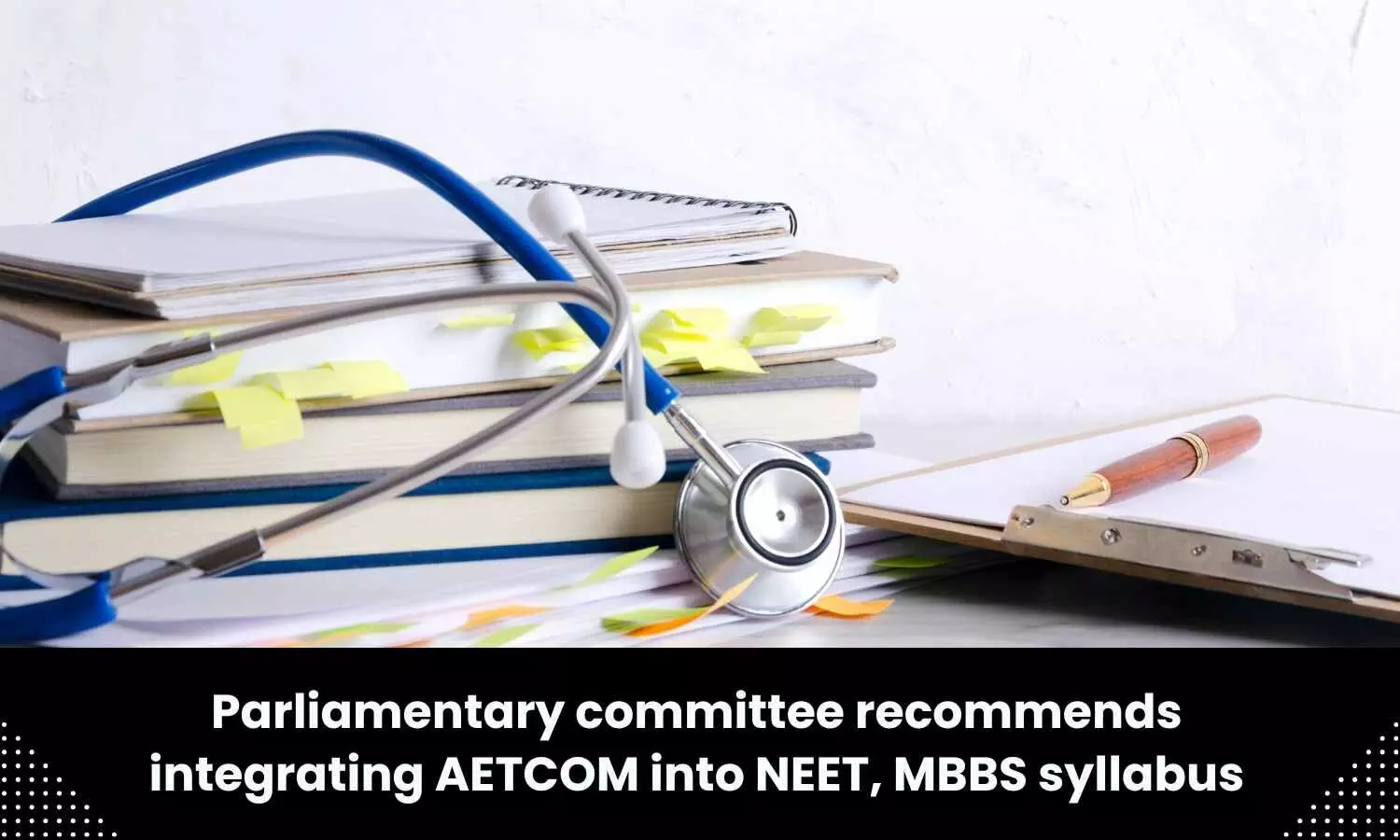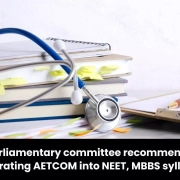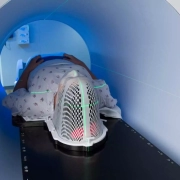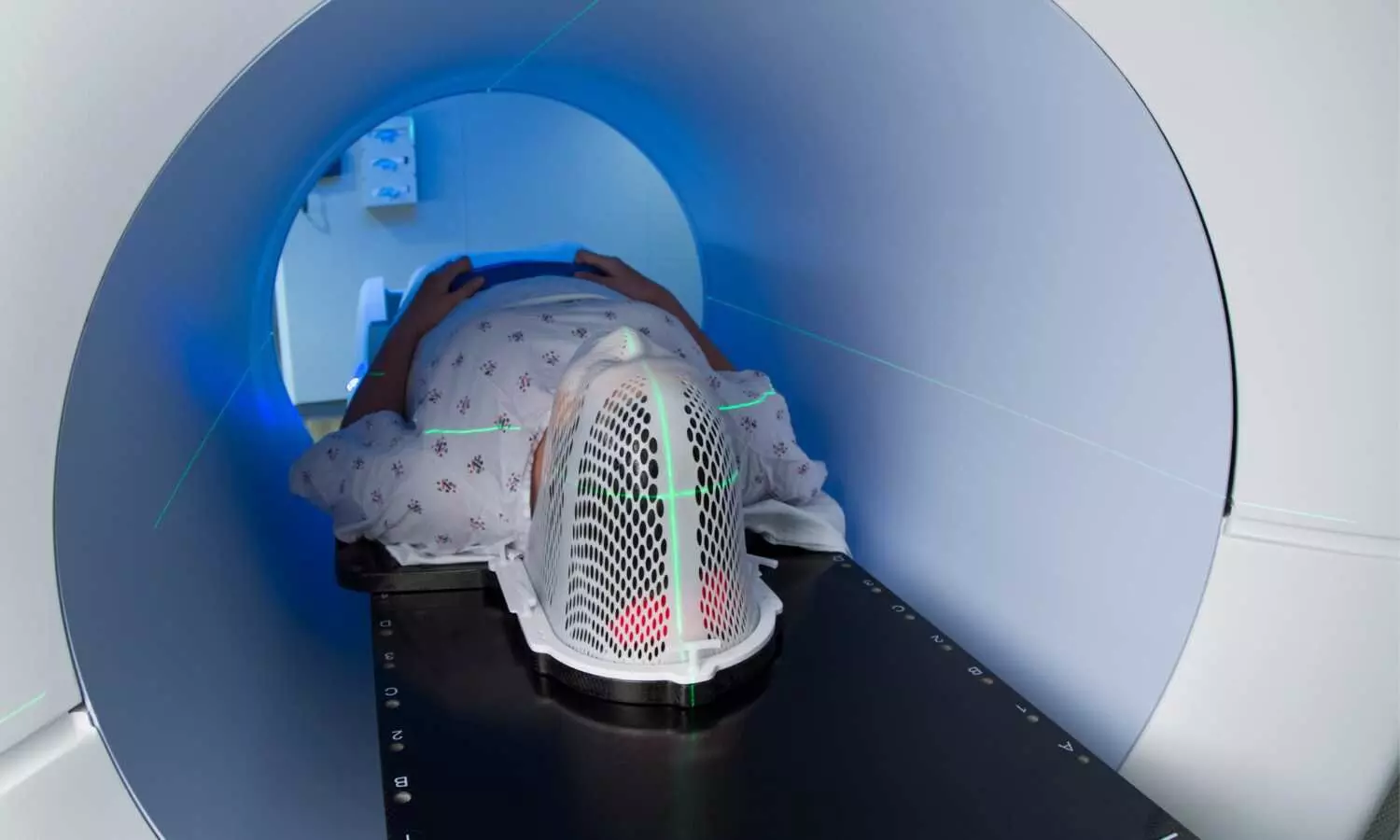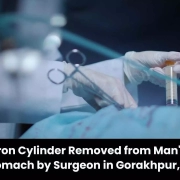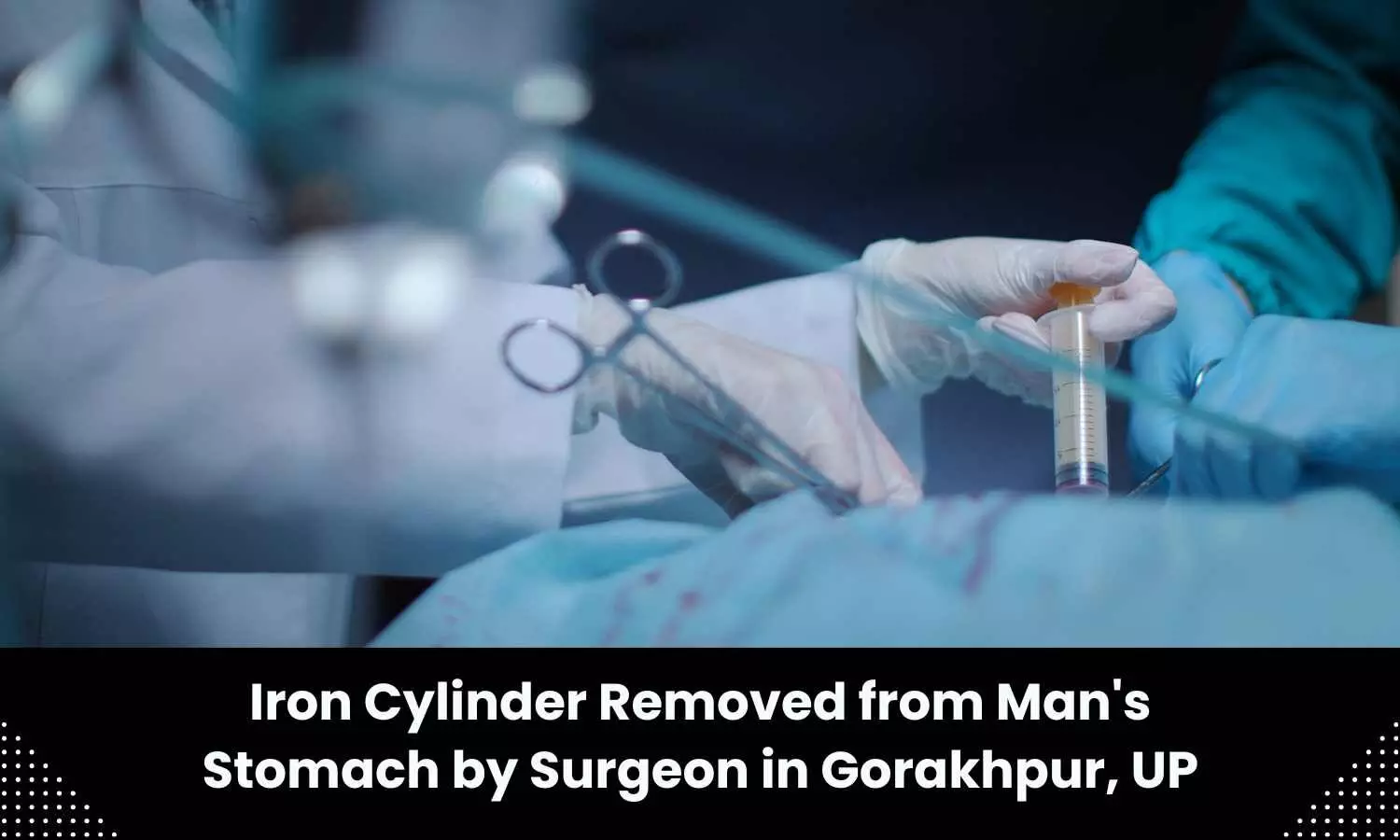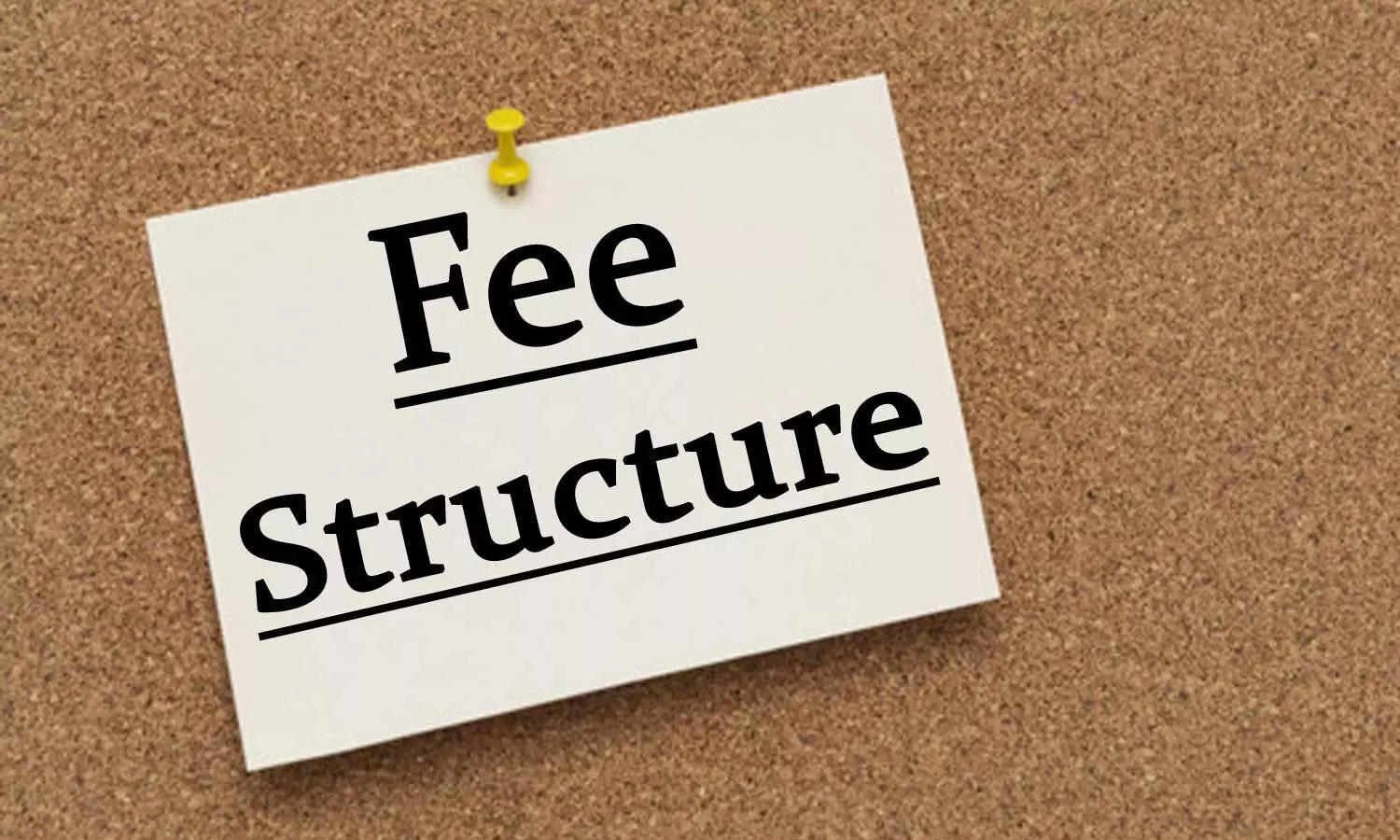
New Delhi: Taking note of the problems faced by medical aspirants due to the huge cost of medical education in private medical colleges in India, a Parliamentary Committee on Health has recommended multiple measures to the Government to deal with the issue.
The panel has opined that running medical colleges and hospitals on a PPP model and giving tax benefits to the company/group could also help make medical education more affordable.
Apart from these, the panel has recommended the Ministry formulate a comprehensive framework to address the bureaucratic hurdles and effectively implement the partnership of the private medical colleges with the district hospitals.
It has also advised the Government to subsidize the necessary equipment/ machines for the setting up of skill labs in private medical colleges, and prescribing minimum marks in the NEET-UG exam for each category of students seeking admission.
Advising the Union Ministry to consider need-based scholarships to deserving students, the Department-related Parliamentary Standing Committee on Health and Family Welfare opined in its One Hundred Fifty-Seventh report, “These scholarships could be funded through government and private sector contributions, creating an accessible path to medical education for all.”
The panel, chaired by Shri Bhubaneswar Kalita, presented its report before the Parliament on 9th February 2024. Several issues related to medical education such as infrastructure, faculty issues, and quality control of medical education were discussed in the report.
While discussing the issue of affordability of medical education, the panel noted that the average MBBS course fees across the Government colleges in India (both centrally funded, and State Government funded) can reach Rs 50,000 per annum. However, only a select few, who perform exceedingly well in the NEET UG exam, can avail such subsidized medical education.
The health committee also observed that as per the information furnished by the Union Health Ministry there are only 56,193 Government MBBS seats and NTA information states that more than 11 lakh candidates qualified for NEET UG exam in 2023. Therefore, more than 10 lakh MBBS aspirants have only two options- either to pursue MBBS seats in private medical colleges where the course fees can range up to Rs 1.5 crores or pursue their dream abroad- in countries like China, Ukraine, and Russia. The cost of medical education in these countries is lower when compared to the MBBS fees in the private medical colleges in India.
It was observed by the panel that the annual MBBS tuition fees in 2023 was Rs 1,350 at central institutes like AIIMS, New Delhi, Rs 24,000 at State institutes like KGMU, Lucknow, and Rs 26,50,000 at Private institutes Dr DY Patil Vidyapeeth, Pune.
The committee in its report also referred to a LANCET study in 2018, which mentioned that the cost of medical education of doctors in India doubled from USD 35,000 in 2008 to USD 70,000 (around 60 lakhs INR). On the other hand, the expenditure is USD 41,000 per student in China.
Further, the panel was informed about the significant variation among the States/UTs in the amount of fee charged and the fact that the cost of medical education ranges between a whooping 60 lakh and one crore rupees, or more.
To solve the issue students face regarding the affordability of medical education, the panel recommended several measures including giving need-based scholarships to deserving students, running medical colleges and hospitals on PPP model, giving tax benefits to company/group etc.
“The Committee was apprised that there is significant variation among the States/UTs in the amount of fee charged; the cost of medical education ranges between a whooping 60 lakh and one crore rupees, or more. In order to alleviate the financial stress on the students, the Committee recommends that the Ministry, in collaboration with States, consider need-based scholarships to deserving students. Other suggestive options that can be explored are – running the medical college and hospital on a PPP model, giving tax benefits to the company/group, etc. The Committee, however, further recommends prescribing minimum marks in the NEET-UG exam for each category of students seeking admission,” recommended the committee.
“The Committee further recommends the Ministryformulate a comprehensive framework to address bureaucratic hurdles and effectively implement the partnership of private medical colleges with the district hospitals. The Committee believes that this initiative will not only provide sufficient clinical material to the MBBS students but also decrease the setting up and functioning cost of private colleges, thereby rationalizing the costs of medical education,” it added.
Further, the panel has also recommended setting up skill labs in private colleges, creating need-based scholarship programs etc. In this regard, the report mentioned, “Additionally, as another measure to reduce the cost of medical education in private colleges, the Committee recommends the Government subsidize the necessary equipment/ machines for the setting up of ―Skill Labs‖ in private colleges as they are sophisticated and costly and areoften imported. In addition, the Government should create need-based scholarship programs to assist economically disadvantaged students in covering their tuition fees. These scholarships could be funded through government and private sector contributions, creating an accessible path to medical education for all.”
NMC Fee Order:
Medical Dialogues had earlier reported that back in 2022, the National Medical Commission issued a direction to all the private medical colleges in the country to charge fees at par with the government institutes for 50 per cent of the total seats.
Issuing an Office Memorandum in February 2022, NMC mentioned, “After extensive consultations, it has been decided that the fee of the 50 per cent seats in the private medical colleges and deemed universities should be at par with the fee in the government medical colleges of that particular State and UT. The benefit of this fee structure would be first made available to those candidates who have availed government quota seats, but are limited to the extent of 50 per cent of the total sanctioned strength of the respective medical college/deemed university.”
“However, if the government quota seats are less than 50 per cent of total sanctioned seats, the remaining candidates would avail the benefit of a fee equivalent to the government medical college fees, based purely on the merit,” the Commission had added.
The validity of the NMC order has time and again been challenged before various High Courts and also Supreme Court, where AHSI challenged the order arguing that the top court in various judgments had reiterated the fact that the method for fixing the fees, would be subject to considering various guidelines such as facilities available in the college, infrastructure, age of investment made, plans for expansion, etc.
Currently, the validity of the NMC fee order is being considered by the Supreme Court and all the connected matters in this regard has been listed for further hearing on 22nd March, 2024.
Also Read: Private Medical Colleges Failing Students Deliberately, charging additional fees for repeating semester: Parliamentary Panel
